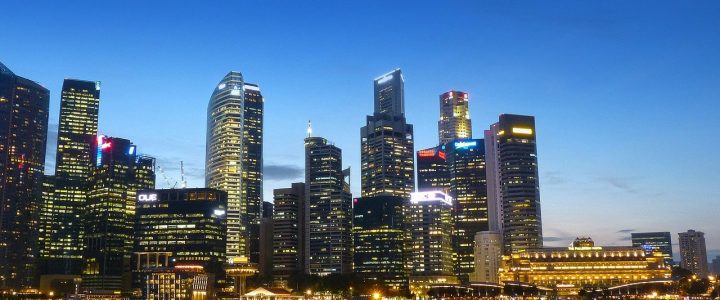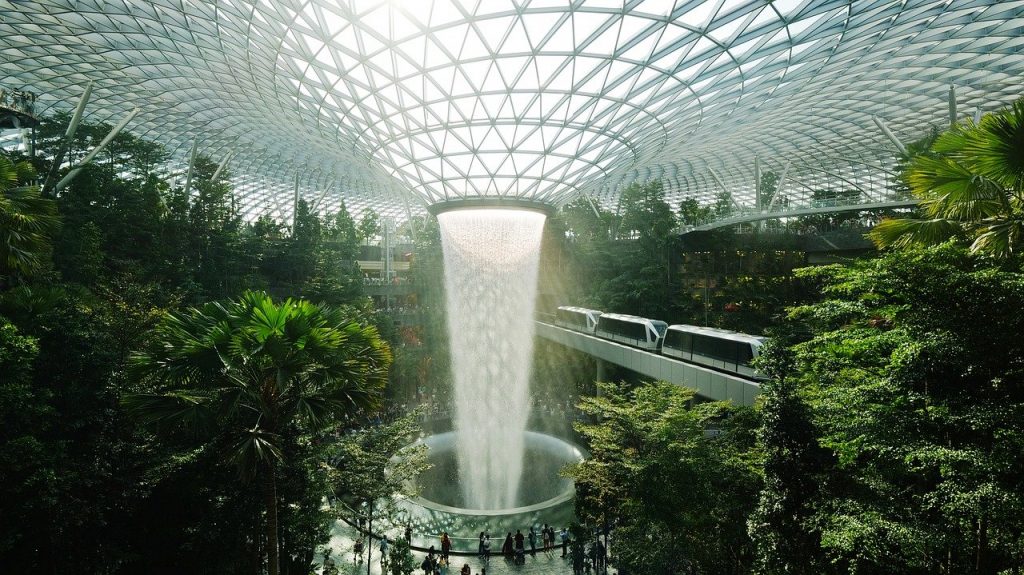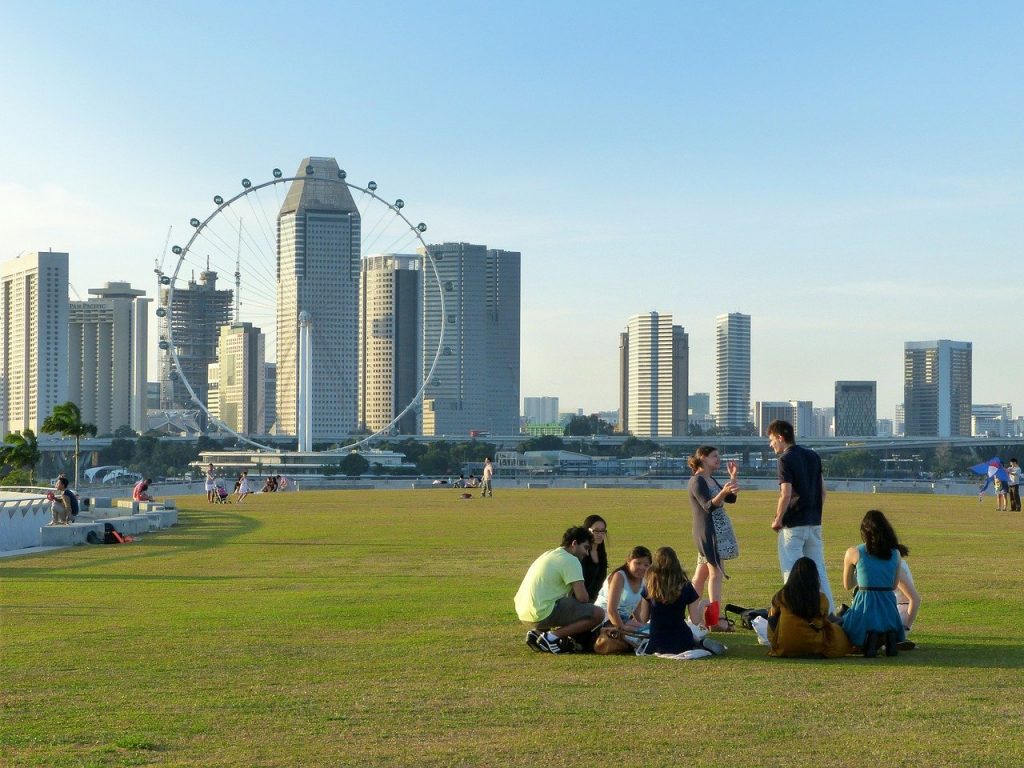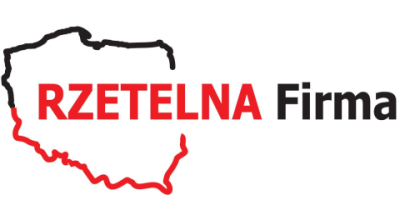As the example of American hospitals shows, perhaps we are on the threshold of breakthrough changes related to the functioning of health care, not only at the structural level, but also in terms of infrastructure – the buildings themselves must change. Will it also involve new needs in terms of urban architecture and ward equipment?? Time will tell, but now you can get acquainted with what it looks like over the ocean.
When the first quake of Covid-19 patients hit Mount Sinai Hospital in New York in March 2020 r., Neel Shah was a virtual witness of the shocking scenes, following doctors with head-mounted GoPro cameras during their rushed rounds. Shah, obstetrician, who drives the birth decision-making initiative at Ariadne Labs in Boston, he was shocked by this, what he saw. Despite the need to isolate coronavirus infected patients from the rest of the hospital, doctors and staff often crossed borders, that would keep Covid patients separate from the rest of the hospital. They weren't going to spread the infection; the isolation regime was simply incomplete and not fully understood.
Ariadne Labs, a healthcare innovation center linked to Boston's Brigham and Women's Hospital and Harvard's Chan School of Public Health, was established, to help Mount Sinai manage the terrifying first wave of the pandemic. Working with the non-profit MASS Design Group, Shah and Ariadne worked to create unique doorsteps at the Covid Sinai branch, with the door, bright warning graphics and places to put on and take off personal protective equipment.
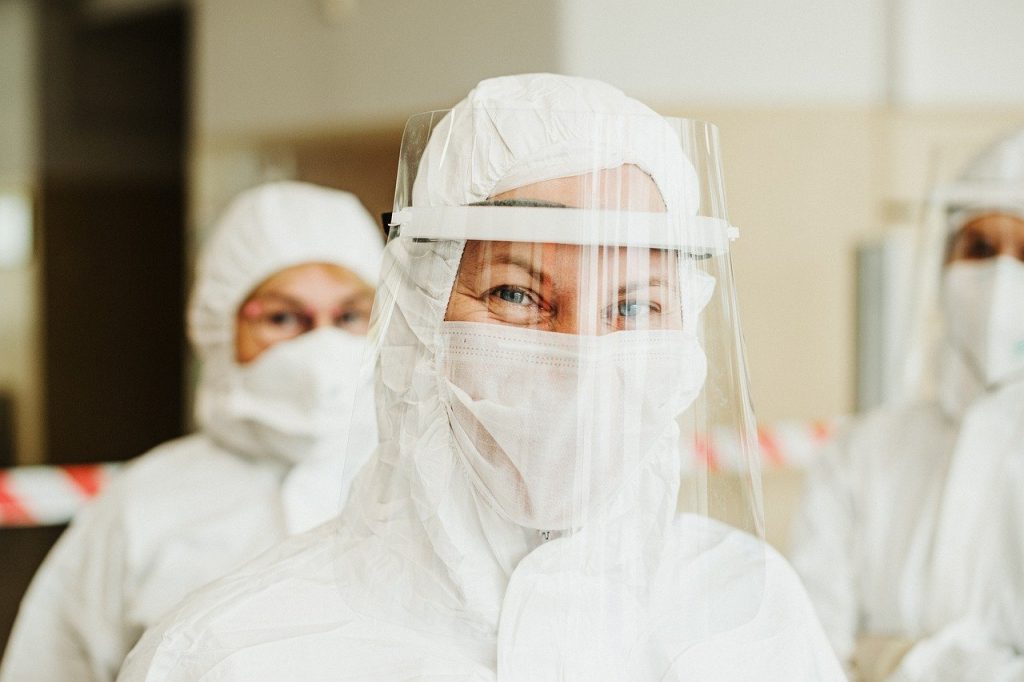
This experience gave an early demonstration, how the unprecedented infectious disease crisis will change the way hospitals operate. But that was far from the last. Over the past year, the pandemic has exposed weaknesses in a broken US healthcare system, showing horrific scenes of mad clinicians running among the beds of patients parked in the corridors, Families saying goodbye to loved ones via iPad and piled up in refrigerated trucks. with the bodies, because the funeral homes are full. "Covid has removed all social inequalities and put them in a pressure cooker" – says Shah.
For healthcare institutions, the pandemic has been a powerful engine for transformation, For good and for bad. This has accelerated the trend of adopting remote technology and moving care from large acute care complexes to outpatient centers closer to patients. It revealed huge differences in the number of hospitalizations and deaths among poorer and minority patients. It also changes the look and feel of hospitals, because the extraordinary pressure, what Covid puts on staff, patients and family, has doctors, who focus on well-being and treating disease.
Ultimately, in line with the most optimistic reading of the coronavirus crisis, the US health service could recover from the pandemic with a better one, more resilient infrastructure and practices. Because the measures taken by hospitals, to deal with Covid, forced them to adopt new laws and habits, says Shah: "Things, which defenders have been striving for decades, are happening now ".


